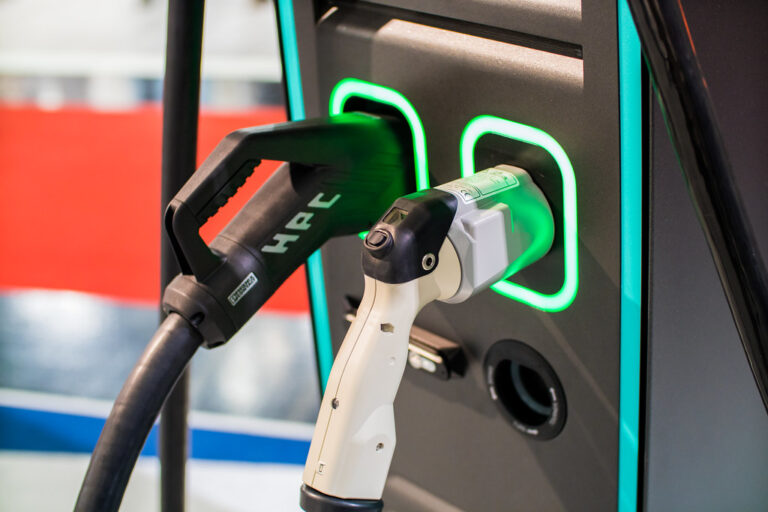From the rolling fields of North Yorkshire to the heart of London’s digital ambitions, a new tension is unfolding as Britain races to claim its stake in the AI revolution. Beneath the veneer of cutting-edge algorithms lies a far more grounded contest: the battle to secure gigawatts of reliable power before the lights go out on tomorrow’s technological dreams.
In recent years, the UK’s pledge to become a creator rather than a consumer of artificial intelligence has taken centre stage in Whitehall corridors. Yet behind bold statements lies an urgent reckoning: training advanced neural networks and running vast cloud platforms is no longer a peripheral cost but a central driver of electricity consumption. Forecasts suggest that within the next decade data centres could rank among the nation’s fastest-growing sources of demand, threatening to stretch an already burdened grid to breaking point. For long-term investors this confluence of energy and digital infrastructure represents both a challenge and a gateway to fresh opportunities.
Traditionally, data hubs have gravitated towards London and the Thames Valley, drawn by the magnetism of talent and the proximity to corporate headquarters. But this clustering has exacted a price: network queues in these regions are already congested, and any further load risks not only blackouts but steep penalties in carbon offset schemes. The irony is that AI-heavy workloads exhibit far less sensitivity to data transmission delays than everyday consumer applications. In other words, the next generation of AI facilities need not be tethered to urban centres. This opens the door to placing hyperscale complexes alongside generation assets with ample spare capacity, unlocking economies of scale while sidestepping grid bottlenecks.
One compelling prospect lies in co-locating data centres with dispatchable renewable sources that deliver power irrespective of weather patterns. Take, for example, a flagship facility in Selby, North Yorkshire. With an existing 2.6 gigawatt output and the infrastructure to handle industrial-scale generation, this site already supplies enough electricity for five million homes. By pairing new server farms with this backbone, investors could tap into under-utilised capacity and enjoy reduced transmission losses in the process. Moreover, integrating bioenergy with carbon capture and storage on site heralds a novel blueprint: a data centre that operates not merely with net-zero emissions but with a negative footprint, effectively removing CO₂ as it processes exabytes of information.
Of course, realising such an ambition depends on regulatory reform. Current rules prohibit power stations from feeding both the public grid and private off-takers, a relic of an era when factories and steel mills defined industrial priorities rather than artificial intelligences. By unravelling these constraints, policy-makers can unleash flexible energy services that bolster security at peak hours and stabilize wholesale prices for commercial consumers. The recently announced AI Growth Zones gesture in the right direction, signalling a shift towards incentivising new clusters in areas rich in generation potential. Yet without clear timelines and milestones, these initiatives risk joining a litany of well-intentioned plans that falter at the implementation stage.
For investors, the stakes could not be higher. Projects that link renewable generation, carbon removal technologies and digital infrastructure promise diversified revenue streams and resilience against commodity price swings. They also align with the UK’s broader decarbonisation roadmap, offering an avenue to satisfy increasingly stringent environmental, social and governance criteria. Regions historically reliant on fading heavy industries stand to gain hundreds of high-wage roles, from data centre engineers to carbon capture specialists, reinvigorating local economies and securing social licence for future expansions.
Yet it is vital to maintain a judicious balance between ambition and feasibility. Building server farms alongside power plants demands meticulous planning on cooling, grid integration and land use. Stakeholders must ensure that local communities reap tangible benefits rather than bear the brunt of construction noise or increased traffic. Transparent dialogue with regulators and residents alike will smooth the path towards sites that contribute socio-economic upside without compromising environmental integrity.
In the coming years, the entities that master this fusion of clean energy and digital capacity will set the tone for global best practice. Britain has the raw ingredients, innovation-led policy, mature renewable assets and a thriving tech sector, to pioneer this model. The question is who will mobilise first, secure the permits and marshal the capital to transform these theoretical synergies into operational reality. For those willing to navigate the regulatory complexities and coordinate across power markets, the rewards could reshape both the energy and technology landscapes for decades.
The interplay between artificial intelligence workloads and the power infrastructure that sustains them is forging a new asset class. Investments that bridge the gap between where electrons are born and where data is processed promise not only enhanced returns but a tangible legacy in carbon reductions and regional revitalisation. As Britain charts its course from AI follower to leader, the nexus of power station partnerships and digital ambitions will prove pivotal, and for astute investors, richly fertile ground.
Drax Group plc (LON:DRX), trading as Drax, is a power generation business. The principal downstream enterprises are based in the UK and include Drax Power Limited, which runs the biomass fuelled Drax power station, near Selby in North Yorkshire.












































